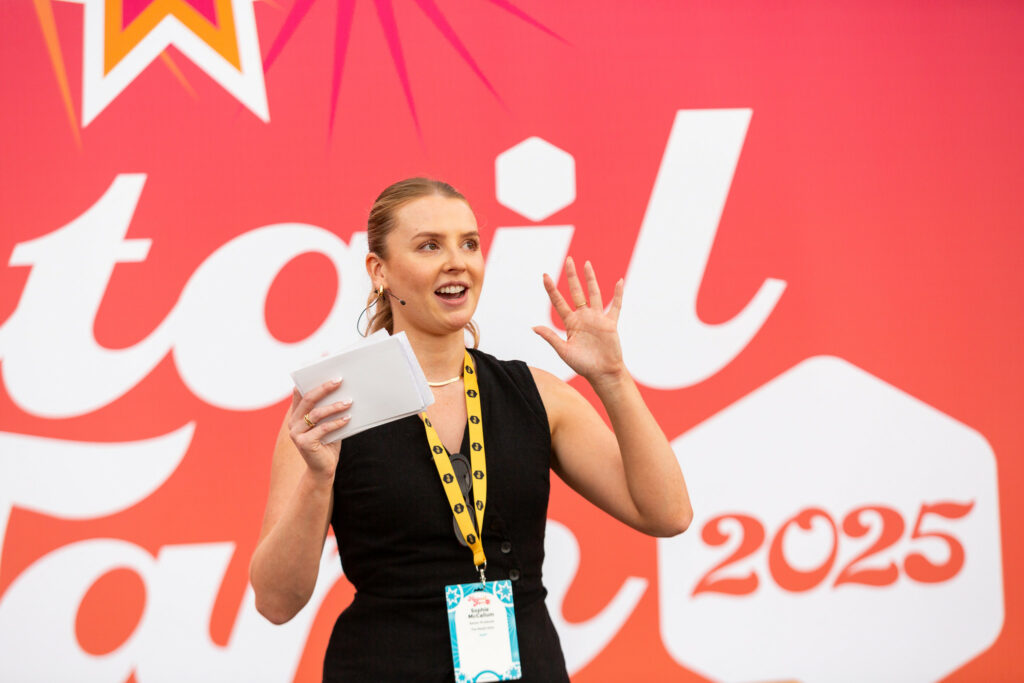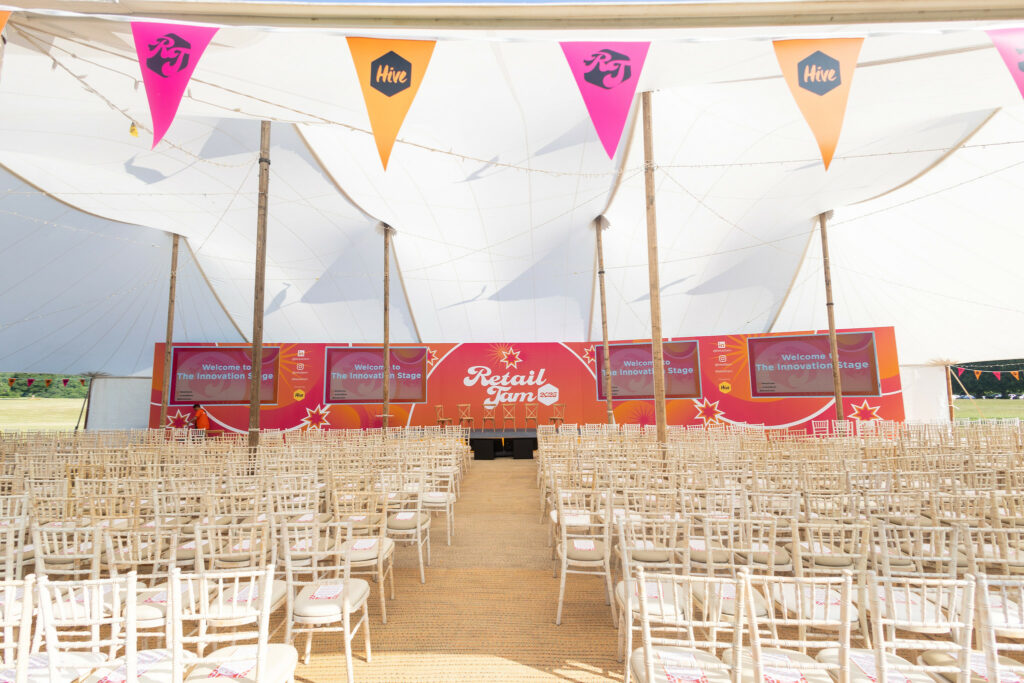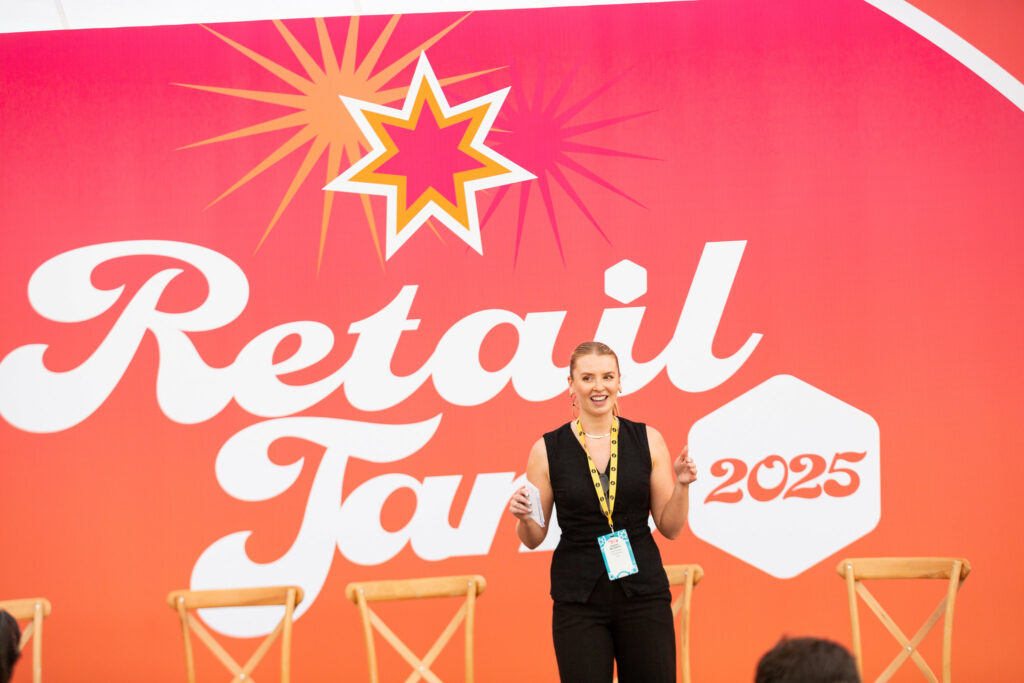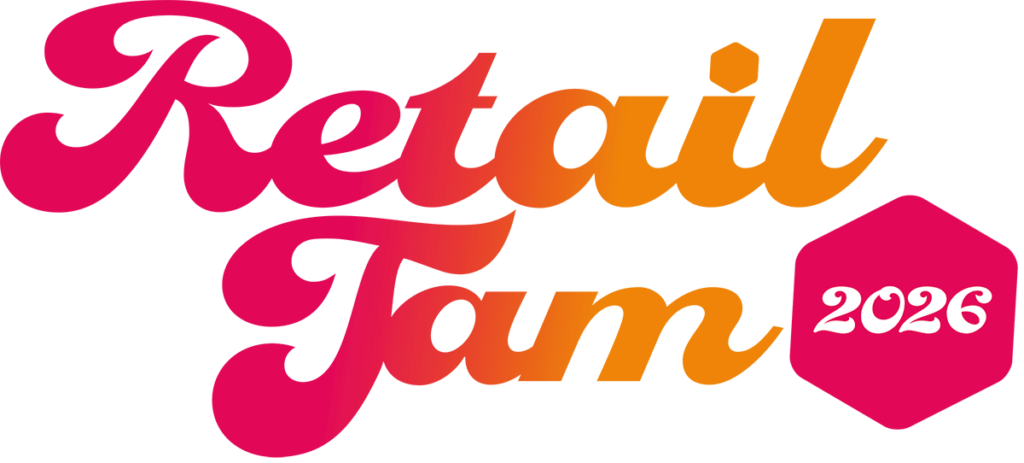When you think about innovation, compost and work boots might not be the first things that spring to mind. But for Dorothee D’Herde, innovation is exactly what lies at the heart of responsible business.
As Director of Responsible Business at Kingfisher—the home improvement group behind B&Q, Screwfix, and more—Dorothee shares how sustainability and innovation are fundamentally entwined. From peat-free compost to women’s workwear and the circular economy, she breaks down her approach into three memorable pillars: shoots, boots, and loops.
Read the full interview by Sophie McCallum, Senior Producer at RetailJam…
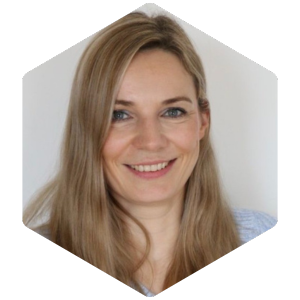
Dorothee D’Herde, Director of Responsible Business, Kingfisher plc
Dorothee, let’s start with your role and this idea that sustainability is innovation.
I truly believe every sustainability or responsible business director is an innovation director. What we do is question the status quo, challenge the future, and break the mould. That’s how I approach responsible business at Kingfisher.
For those unfamiliar with Kingfisher, can you give us a quick overview?
We’re an international home improvement group. You’ll probably know us better through our brands like B&Q, Screwfix, Castorama and Brico Dépôt. We’ve got a deep history of sustainability and a very clear purpose: Better homes, better lives. for everyone. That’s not a strapline, it’s about helping people improve that very important place in our lives: our home, and to make it more sustainable, comfortable, and tailored to their needs.
Nearly half our sales come from own-brand products, which gives us a strong innovation muscle. But most importantly, our exec team and board genuinely understand our responsibility and opportunity of being a responsible business, they back sustainability and innovation, and it filters through in our culture, which makes it a “lived” agenda.
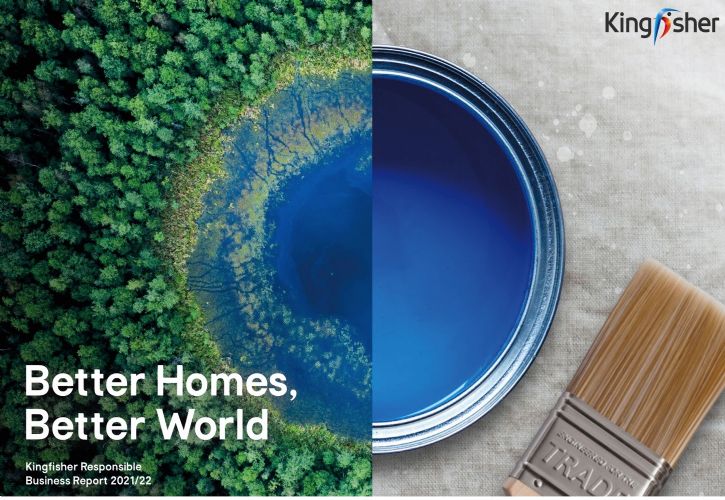
You used a pithy phrase to summarise a few examples of sustainability innovation at Kingfisher: shoots, boots, and loops. Let’s start with shoots.
There are so many examples of sustainability innovation that I could share. Let me pick peat-free compost, for green shoots. Peatlands store twice as much carbon as the world’s forests. But when peat is harvested for compost, that carbon is released, which is a huge problem. The catch? Peat is brilliant for growing things. It holds water, supports structure, and is nutrient-rich. And B&Q is the biggest garden centre in the UK, so this mattered.
At our Springfield nursery, we’ve been testing peat-free alternatives for about 20 years, in real conditions, not labs. It doesn’t always look Instagram-perfect, but it’s honest. We now have a great peat-free compost offer through our Verve brand.
We’ve worked with suppliers to cut peat use, engaged with policymakers to ban peat compost, and partnered with organisations like the Woodland Trust to restore peatlands. It’s taught us three things:
- Sometimes, there’s no “business” case until you create the market. It’s our responsibility to do that
- Innovation takes time. This wasn’t a six-month sprint, it took years
- You have to line up the full system: product, policy, partnerships and internal targets
Start with curiosity. Listen properly. And then build an ecosystem that links product, marketing, recruitment and beyond.”
And boots?
Boots is my catch word for an example of social innovation. There’s a massive shortage of skilled tradespeople in the UK, and just 2% are women. So, we asked: How can we change that?
We listened. Women told us about safety concerns, discrimination, and the lack of proper workwear, including safety shoes that fit well. So, we designed a new range that is functional, confidence-boosting, and it looks nice too.
We back this with apprenticeships and visibility campaigns, like Do the Lift Thing, which showcased women in trade through storytelling and photography. Our research found that three-quarters of school-leavers didn’t know any female tradespeople. If they can’t see it, they can’t be it.
The lesson here? Start with curiosity. Listen properly. And then build an ecosystem that links product, marketing, recruitment and beyond.
Finally, loops?
Loops is about closing loops—or circularity. It’s easy to say, but hard to do. Our question was: where to start, and how to make it work commercially?
Designing products for circularity (with less or alternative materials, in a modular way, for durability etc.) is a key step to enable services such as repairs. Customers want repairs to be fast and easy and we want high satisfaction. We’re also testing resale: At Screwfix, our refurbished product range has sold over 100,000 units. Demand isn’t the problem, supply is.
We focus on being agile and testing and learning. Last year, we ran a design thinking workshop across departments. I was nervous, but it was phenomenal. That kind of cross-functional creativity unlocked new ideas, and we’ve now got two or three projects running because of it.
What should people take away from your approach?
We could talk about water, energy efficiency, insulation… but what matters most is this:
- Lean into your purpose and values
- Tap into your people’s creativity
- Innovate for now and the future
- And align sustainability with your commercial goals
And if I could leave you with one thing, don’t wait to check if you’re doing it right. Just start. Just dance.
Discover more…
